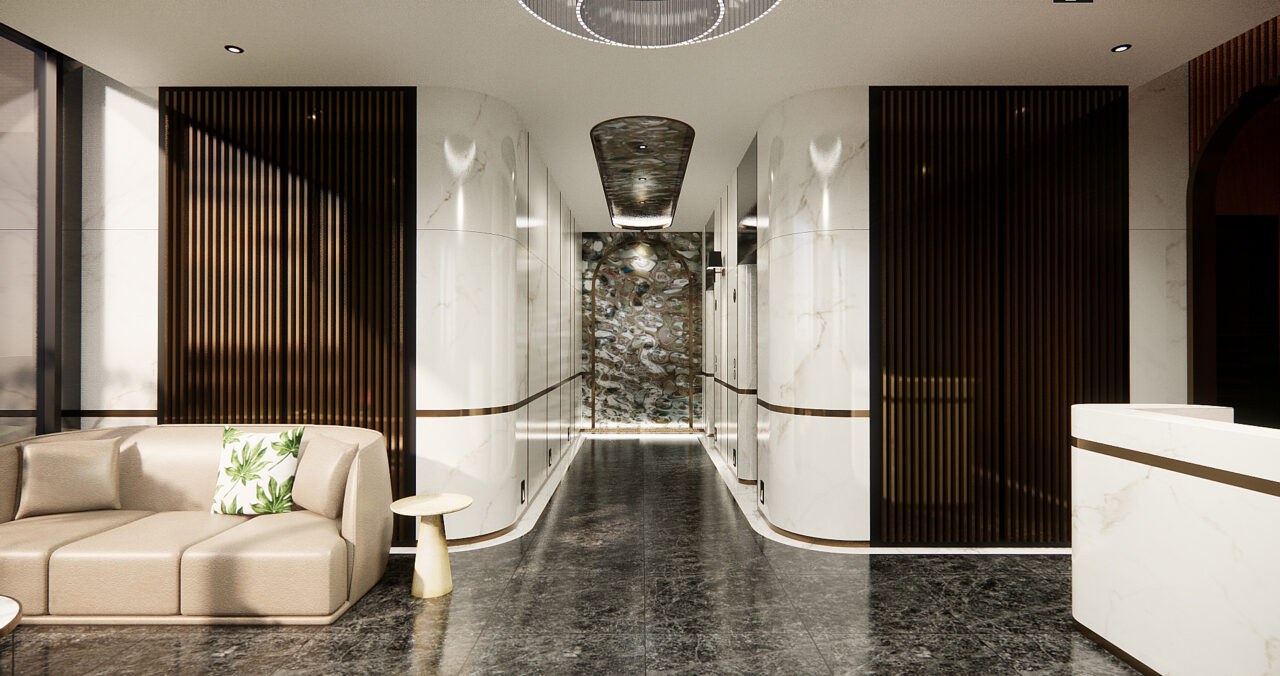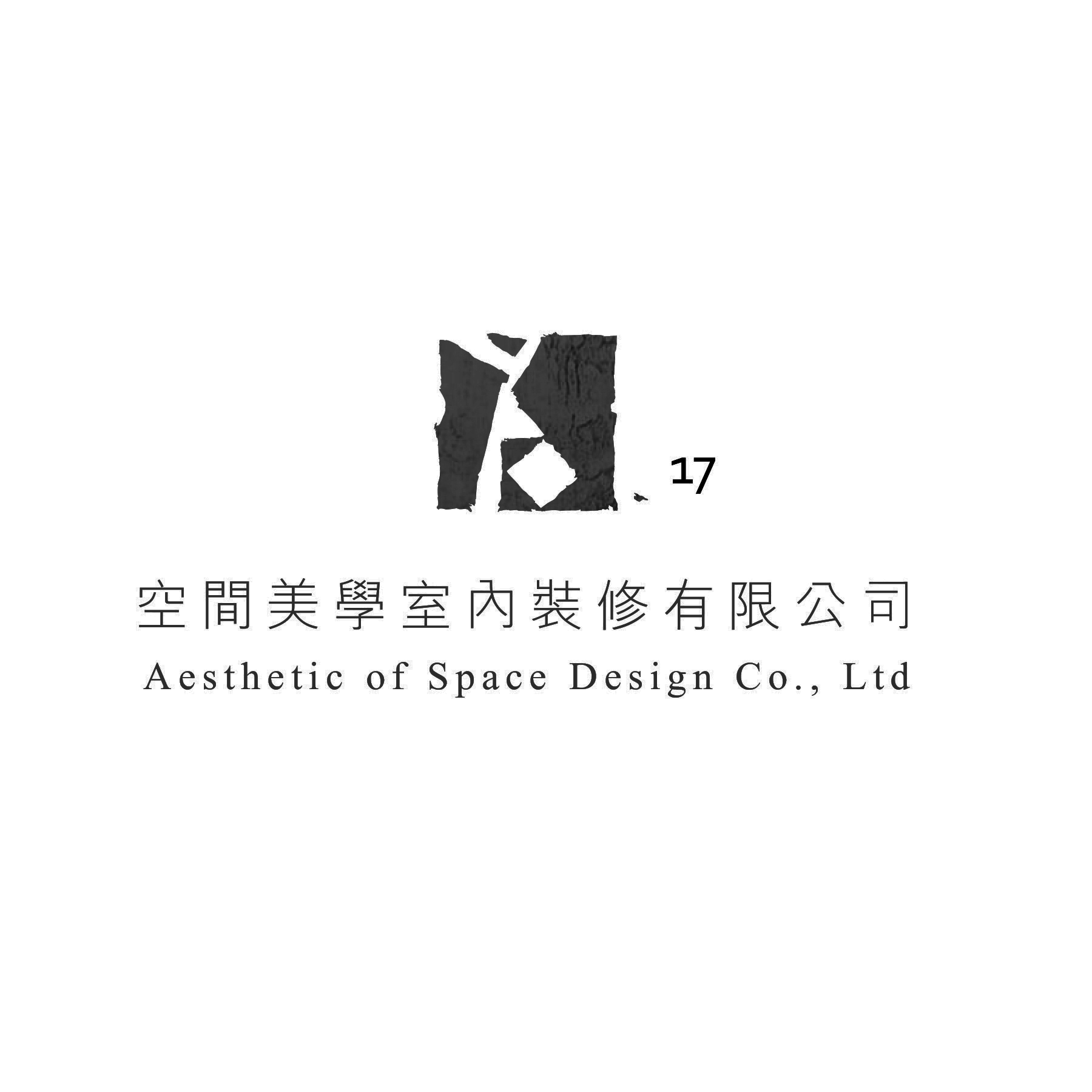Platinum Winner of the International Architecture & Design Awards 2024
Architect / Designer:
Peng-Hsu Chen
Studio:
Aesthetic of Space Design Co., Ltd.
Country:
Taiwan
Situated in a historic neighborhood by the Jingmei River in southern Taipei, this mixed-use development combines commercial storefronts at street level with residential condos above. Renowned for the historic Liugongjun canal system, which provided irrigation during the Qing Dynasty and Japanese colonial period, the area’s rich heritage has been woven into the design of the common spaces.
Historically, the Jingmei River ferry dock linked to an old street, fostering a bustling commercial hub. The Japanese period’s arched storefront corridors are a standout feature, with repeating arched doors on the first and second floors echoing the locale’s storied past. Exiting the elevator hall, one’s attention is drawn to a round window showcasing a butterfly sculpture. This element nods to the Oeil-de-boeuf style and symbolizes blessings and good fortune, playing on the word for butterfly, which is homophonous with luck.
The entire second floor is a segmented common area, designed with water flow in mind to foster a sense of movement. The ceiling’s curved lines and the concealed lighting imitate water waves, while the corrugated stainless steel wall panels at the elevator’s focal point evoke flowing water. The basement parking, with its deliberately misaligned lights, adds to the rhythmic flow of the space.
Throughout the building, white marble-effect ceramic tiles reduce the need for interior lighting, echoing the water flow motif and lowering energy usage. Tiles designed and produced locally cover the floors and walls, decreasing the carbon footprint. This approach to design ensures that the building is not only environmentally sustainable but also allows its historical narrative to gracefully persist.
Aesthetic of Space Design Co., Ltd.
Aesthetic of Space Design Co., Ltd. champions the integration of “Earth Sustainability, Spatial Aesthetics, and Human Health,” focusing on the harmony between humans and nature while ensuring the well-being of those who use the spaces. The company’s Chief Design Director, Peng-Hsu Chen embodies “Spatial Aesthetics and Human-Centric Health” in the firm’s design ethos, committed to creating designs that nurture healthy and aesthetically pleasing environments.



